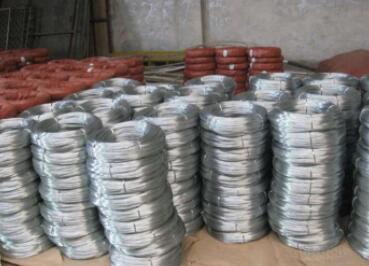Exploring the Versatility of Cloth Mesh Screens
Cloth mesh screens have become increasingly popular across various industries and applications due to their versatility and effectiveness. These screens are made from woven fabric, typically using materials such as polyester, nylon, or cotton. They are designed with varying mesh sizes, allowing for different levels of filtration, separation, and protection, catering to diverse needs.
One of the primary uses of cloth mesh screens is in the field of filtration. They are widely employed in industries such as food and beverage, pharmaceuticals, and water treatment. Cloth mesh screens can effectively filter out impurities while allowing liquids and gases to pass through. For example, in the brewing industry, these screens are crucial in separating the grain from the liquid during the brewing process, ensuring a clear and high-quality product. In water treatment facilities, they help in eliminating debris from the water, making it clean and safe for consumption.
In addition to filtration, cloth mesh screens are also used for separation processes in various manufacturing sectors. For instance, in agriculture, they play a significant role in seed cleaning and sorting. Fine mesh cloth screens can separate smaller seeds from larger ones, ensuring that farmers can achieve optimal planting outcomes. Similarly, in construction and mining, these screens can separate fine particles from coarser materials, enhancing efficiency and productivity in operations.
cloth mesh screen

Another significant application of cloth mesh screens is in the realm of protective barriers. In residential and commercial settings, they can be used as insect screens for windows and doors, providing ventilation while keeping bugs out. Many outdoor enthusiasts also use cloth mesh screens as protective layers during camping or hiking trips, shielding against insects and other environmental factors. Furthermore, in industrial settings, these screens can act as protective barriers, safeguarding workers from harmful substances and debris.
Cloth mesh screens also find their place in the creative industries, including arts and crafts. They are commonly used in screen printing, where designs are transferred onto different surfaces such as fabric, paper, or wood. The fine mesh allows for precise ink application, helping artists and manufacturers to create detailed and vibrant prints. This unique application showcases the adaptability of cloth mesh screens beyond their conventional uses.
Moreover, advancements in technology have propelled the innovation of cloth mesh screen designs. Modern screens can be engineered with specific properties such as UV resistance, waterproofing, and antimicrobial capabilities. This has expanded their applicability to an even broader range of environments—from outdoor applications needing weather-resistant materials to medical environments where hygiene is paramount.
In conclusion, cloth mesh screens are an indispensable component in a multitude of industries. Their ability to provide filtration, separation, and protection makes them a valuable resource in both industrial and residential applications. Whether it’s ensuring a high-quality brewing process, creating vibrant artistic designs, or serving as a protective barrier, the versatility of cloth mesh screens continues to impress. As technology evolves, it is likely that we will see even more innovative uses for these practical tools, solidifying their place in the modern world.

















